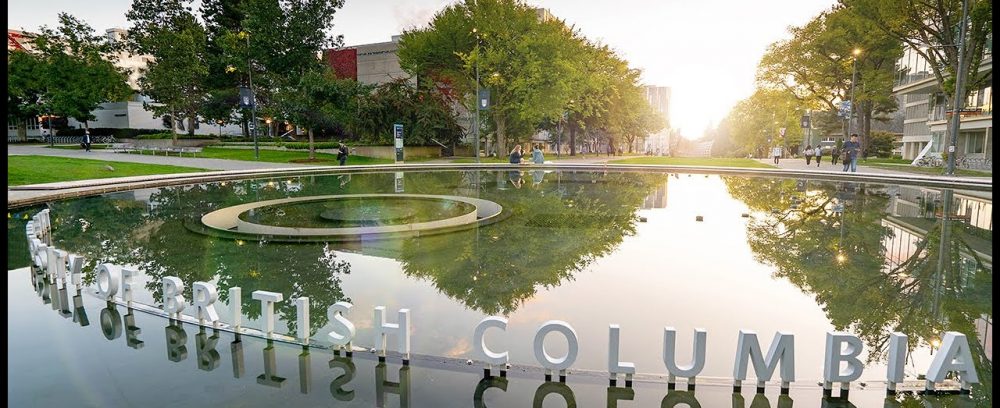Reflection- Digital Learning Part 1 Reflection
One of the most interesting parts of this project was the opportunity to take a subject like Physical and Health Education, which is typically delivered in a hands-on, in-person course, and reimagine it for a fully digital classroom. I wanted my lesson design decisions to structure learning in a way that still feels personal, active, and student-centered.
Creating the course outline came quite naturally to me, as I’m passionate about the topics of fitness, mental health, and overall wellness. I found it easy to sequence the units in a way that builds meaningfully from one to the next. However, I did face a challenge when it came to assessment. Wellness is such a personal and developmental journey, it is more of a process than a destination, so it was difficult at first to figure out how to assess students in a way that felt authentic and aligned with the course goals. In the end, I decided to use the BC Proficiency Scale and emphasize weekly reflections and personal goal-setting to support a growth focused model of assessment.
One unexpected challenge was setting up the Google Classroom itself. Although I’m familiar with using it from a teacher’s perspective and ensuring clarity for students was more involved than I initially thought. It required attention to detail and intentional design so that students could easily follow the flow of learning and access the support they needed. That said, I feel that the end result is something organized, supportive, and student-friendly.
What excites me most is that the course I’ve built is something I would actually want to teach. It aligns with my values as an educator and provides opportunities for students to explore wellness in a meaningful and personalized way. The introductory activities, collaborative netiquette guide, and culminating project all reflect a course that is about more than just content, but its application and use in students’ growth. I am happy that I am completing an assignment that makes me motivated to use what I created in real life, and I look forward to seeing how students respond to it.
